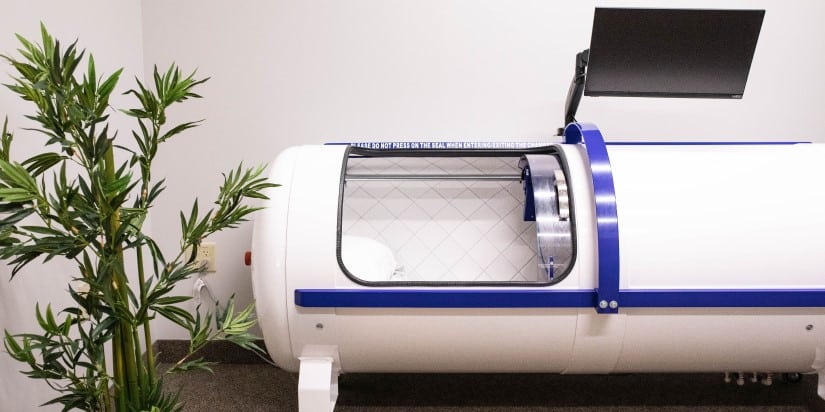The field of regenerative medicine has witnessed remarkable advancements in recent years, offering new hope for patients suffering from a wide range of medical conditions. One promising aspect of regenerative medicine is the utilization of hyperbaric oxygen therapy (HBOT) chambers. These chambers provide a unique environment where patients can receive concentrated oxygen at increased atmospheric pressure. The approach holds great potential for accelerating healing, enhancing tissue regeneration, and improving overall patient outcomes.
Understanding Regenerative Medicine
Regenerative medicine is a multidisciplinary field that focuses on harnessing the body’s innate healing abilities to repair and replace damaged or diseased tissues. Unlike conventional medical approaches that treat and manage symptoms associated with tissue degeneration, regenerative medicine addresses conditions by restoring tissues to optimal function through natural and advanced techniques. Stem cell therapies, tissue engineering, and gene therapies are among the key techniques considered in regenerative medicine, though many are not available widely.
Hyperbaric Oxygen Therapy (HBOT)
HBOT is a non-invasive medical treatment that involves breathing pure oxygen at higher-than-normal atmospheric pressure inside a specially designed chamber. The increased pressure helps dissolve oxygen in the blood, enabling it to reach deeper into tissues and organs. HBOT is well-known for its role in treating various conditions, including decompression sickness, carbon monoxide poisoning, and healing wounds. However, advancements in technology and accessibility have enabled the treatment to be applied to a myriad of other conditions – and even to further promote optimal health in otherwise healthy individuals.
The Benefits of Hyperbaric Oxygen Therapy
Scientific studies have shown that HBOT can significantly enhance tissue repair and regeneration. Increased oxygen levels promote angiogenesis (the formation of new blood vessels), which is crucial for supplying oxygen and nutrients to healing tissues. This process accelerates wound healing and aids in tissue reconstruction. HBOT has also been found to mobilize and stimulate the release of stem cells from bone marrow. These stem cells play a vital role in tissue repair and regeneration, making them valuable assets in regenerative medicine.
Chronic inflammation can impede the healing process and contribute to various chronic downstream medical conditions. HBOT has been shown to reduce inflammation by modulating immune responses and promoting anti-inflammatory mechanisms.
HBOT’s potential also extends to neurological conditions. Studies suggest that it can promote neurogenesis (the formation of new neurons) and enhance brain function in conditions like traumatic brain injury and stroke.
Regenerative medicine, with its focus on restoring the body’s natural healing mechanisms, offers a promising avenue for treating a wide array of medical conditions. Hyperbaric oxygen therapy chambers are emerging as a significant tool in this field, leveraging their ability to enhance tissue healing, stimulate stem cell activity, and mitigate inflammation. More research is being done to uncover the full extent of their potential, but the integration of hyperbaric oxygen therapy chambers in healthcare brings great promise for improving patient outcomes and supporting optimal health.
Curious if HBOT is right for you? Schedule a Meet & Greet to learn more!
Sources
Thom SR. (2009). Hyperbaric oxygen: its mechanisms and efficacy. Plastic and reconstructive surgery, 123(6), Suppl, 47S-56S.
Du Toit DF, Hattingh SM, Laubscher GJ, & Strauss MB. (2012). Mobilization of stem cells using hyperbaric oxygen. Undersea & Hyperbaric Medicine, 39(4), 745-753.
Thom SR. (2011). Hyperbaric oxygen: its mechanisms and efficacy. In Kindwall EP, Whelan HT (Eds.), Hyperbaric Medicine Practice (4th ed., pp. 175-203). Best Publishing Company.
Boussi-Gross R, Golan H, Fishlev G, Bechor Y, Volkov O, Bergan J, … & Efrati S. (2013). Hyperbaric oxygen therapy can improve post-concussion syndrome years after mild traumatic brain injury – randomized prospective trial. PLoS One, 8(11), e79995.

